Описание
Трубчатые свиньи
A Pipe Pig is a specialized tool propelled through pipelines by gas, liquid, or system pressure. Its primary function is to clean and maintain the internal surfaces of pipelines—especially in gas and oil transmission systems.
Beyond cleaning, modern pipe pigs can carry radio transmitters and ground tracking devices, forming a comprehensive electronic tracking system. This makes pipe pigs not just cleaning tools, but also critical assets for monitoring and diagnostics.
If you have questions about choosing the right pipe pig or pigging process, our team of experts is ready to assist.
Features of the Pipe Pigs
Pipe pigs are essential tools for pipeline maintenance and inspection. First, they offer excellent wear resistance, performing reliably in harsh conditions. Next, their strong passing ability allows them to navigate complex pipeline layouts with ease. Additionally, they deliver superior cleaning performance, effectively removing debris and buildup. Their accurate tracking capabilities ensure precise location data, which supports targeted inspections. Most importantly, they maintain a low rate of false positives, providing dependable and accurate results. Together, these features make pipe pigs vital for maintaining pipeline efficiency, safety, and longevity.
Отчет об испытаниях полиуретана | ||||
НЕТ. | ТЕСТОВЫЙ ПРОЕКТ | ЕДИНИЦА | ОТЧЕТ ИСПЫТАНИЙ | МЕТОД ИСПЫТАНИЯ |
1 | Береговая твердость | Берег А | 83 | GB/T 531.1-2008 |
2 | Ваше истирание | мм3 | 21 | ГБ/т 53516-1987 |
3 | Акрон истирание | см3 | 0.0518 | GB/T 1689-1998 |
4 | 100% стресс при определенном удлинении | МПа | 3.41 | ГБ/т 528-2009 |
5 | 300% стресс при определенном удлинении | МПа | 5,74 | ГБ/т 528-2009 |
6 | Предел прочности | МПа | 51,2 | ГБ/т 528-2009 |
7 | Удлинение при перерыве | % | 1263 | ГБ/т 528-2009 |
8 | Прочность на разрыв (прямой угол) | кН/м | 77 | ГБ/т 529-2008 |
9 | Устойчивость | % | 34 | ГБ/т 1681-2009 |
Pipe Pigs with Cups | |
Материал чашки | Полиуретан |
Middle Material | Carbon Steel |
Medium Temperature | -40 Deg.C ~ +120 Deg.C |
Диапазон размеров | from 2 inches to 60 inches |
Effective Strategies for Preventing and Mitigating Wax Deposition in Hot Oil Pipelines
- Maintaining Oil Temperature: Keeping the oil temperature along the pipeline higher than the wax precipitation point can significantly reduce paraffin deposition. This involves carefully monitoring and controlling the pipeline’s thermal conditions.
- Reducing Oil Wall Temperature Difference: Implementing insulation techniques can help reduce the temperature difference across the oil wall. This measure not only reduces wax deposition but also minimizes heat loss. However, it’s important to make technical and economic comparisons to determine the feasibility and effectiveness of such insulation measures.
- Maintaining Flow Rate: Keeping the flow rate in the pipe above 1.5m/s prevents low throughput operation, which can contribute to wax deposition.
- Selecting Appropriate Pipeline Materials or Coatings: Utilizing pipeline materials or internal coatings that do not absorb wax can help prevent accumulation and build-up of wax.
- Chemical Wax Prevention: Utilizing surfactants as wax inhibitors can prevent wax molecules from precipitating on the crystallized surface. Alternatively, adding a wax crystal modifier to the crude oil can keep paraffin crystals dispersed in the oil stream and prevent them from coalescing or depositing. However, the economic viability of this method is currently limited due to the high cost of chemical additives.
- Pigging for Wax Removal: While the measures above can mitigate wax deposition, they may not eliminate it entirely. Therefore, pigging, a process that employs devices known as ‘Pipe Pigs’, is widely used in long-distance pipelines for wax removal. The most commonly used pigs are mechanical pigs and foam pigs, each offering unique advantages.
Wax deposition on the walls of hot oil pipelines can pose significant operational and management challenges. Hence, it’s crucial to implement measures to prevent and reduce such deposition. By combining these strategies suitably, one can effectively manage and reduce the challenges posed by wax deposition in hot oil pipelines, ensuring smooth and efficient operation.

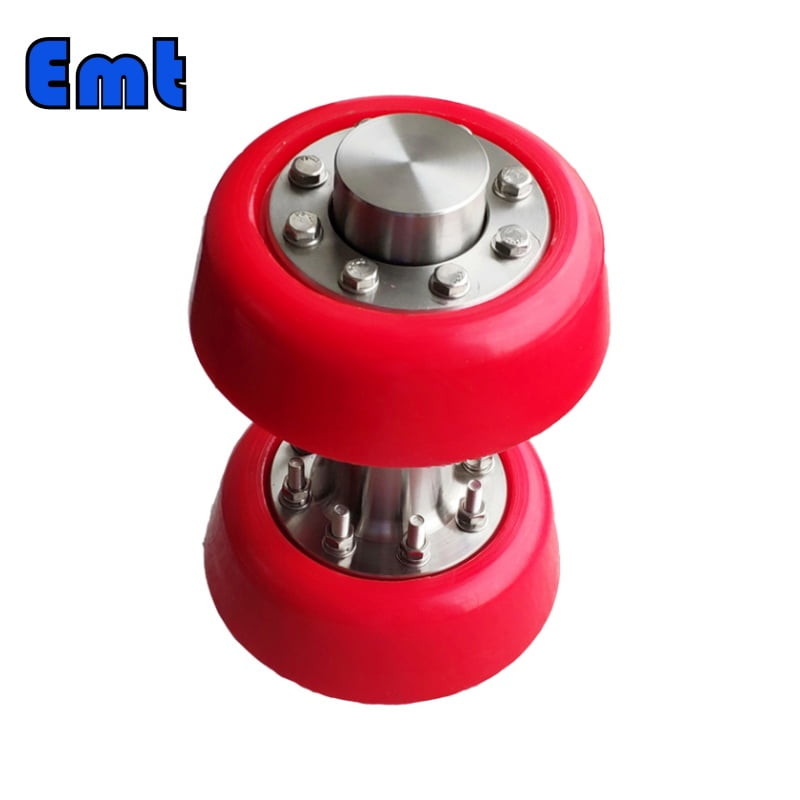
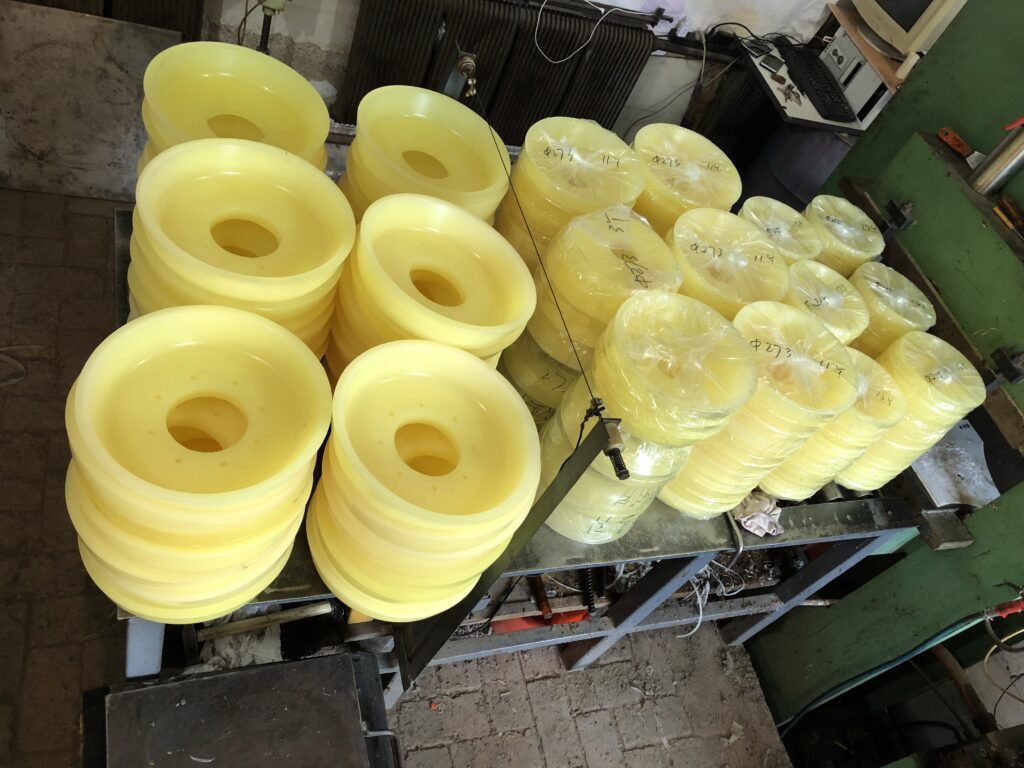
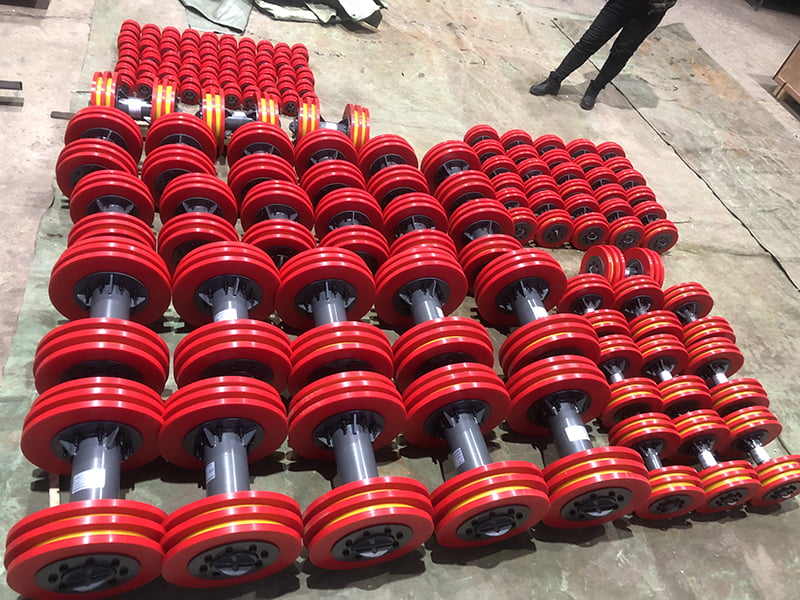
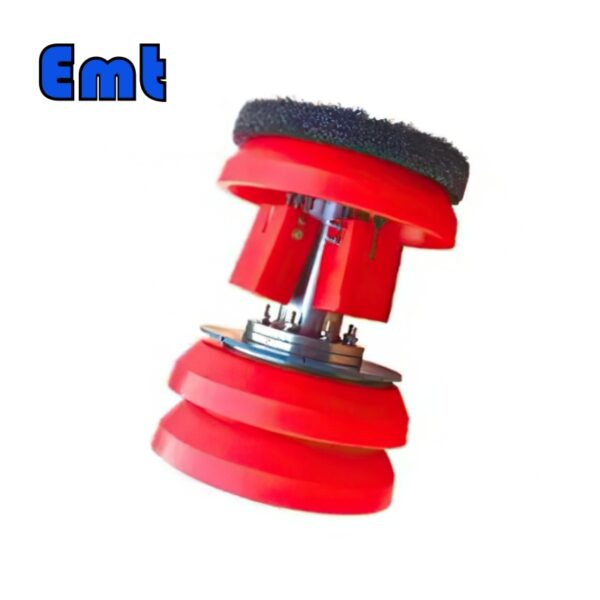

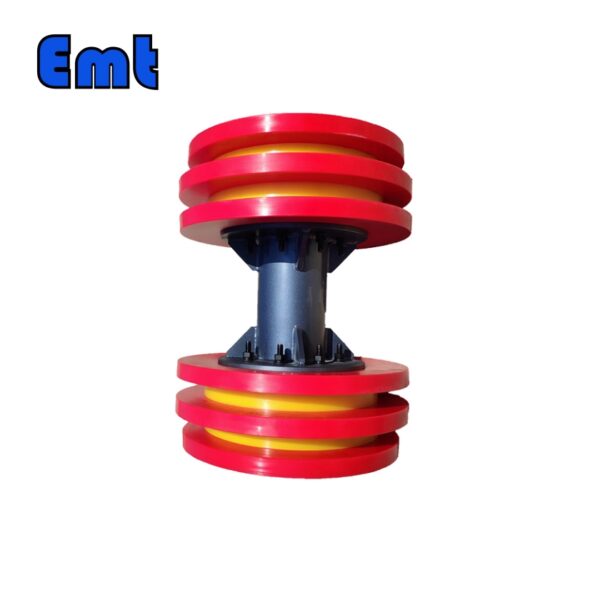
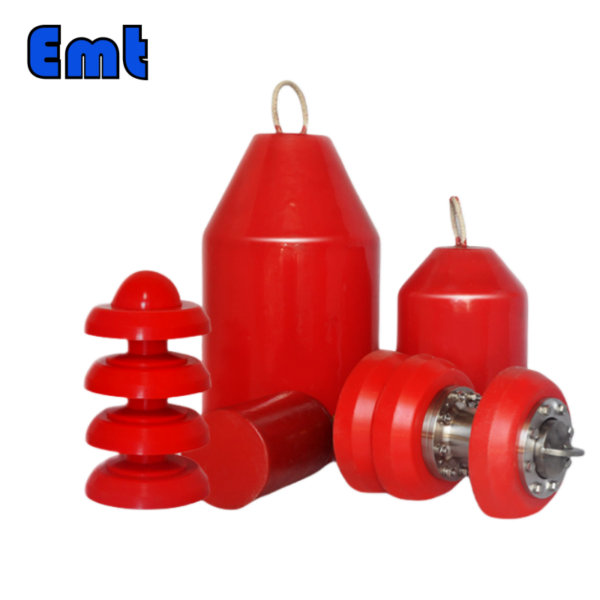
Отзывы
Пока нет отзывов.